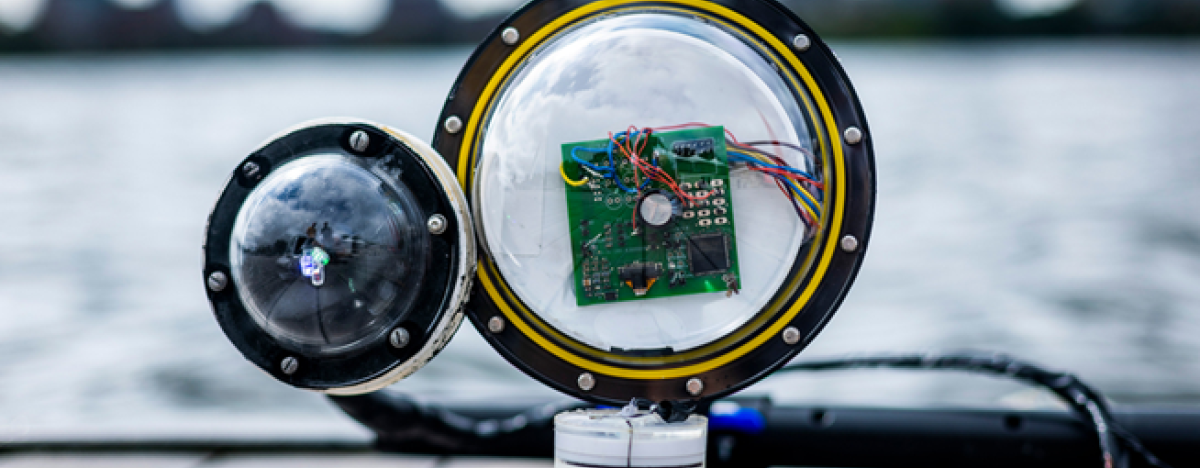Reviewed by Mila PereraOct 27 2022
More than 95% of the oceans on Earth, according to researchers, have never been seen. As a result, scientists know less about the oceans on Earth than the far side of the moon or the surface of Mars.

Engineers have built a battery-free, wireless underwater camera. Image Credit: MIT
Widespread undersea exploration is hindered by the exorbitant price of powering an underwater camera for an extended period of time, both by the process of tying it to a research vessel or sending a ship to replenish its batteries.
By designing a battery-free, wireless underwater camera that is around 100,000 times more energy-efficient than other underwater cameras, MIT researchers have made significant progress in solving this issue.
The US National Science Foundation-funded device transfers image data wirelessly via the water and can shoot color images even in dim underwater environments.
The autonomous camera is powered by sound. It transforms mechanical energy from sound waves traveling through water into electrical energy to power its imaging and communications equipment. After capturing and encoding image data, the camera additionally utilizes sound waves to transmit data to a receiver that reconstructs the image.
Researchers can examine remote ocean areas for new species since the camera does not require a power source and can run for weeks before being retrieved. Additionally, it can be used to capture images of ocean pollution or track the well-being and development of fish raised in aquaculture farms.
One of the most exciting applications of this camera is in the context of climate monitoring. We are building climate models, but we are missing data from more than 95% of the ocean. This technology could help us build more accurate climate models and better understand how climate change impacts the underwater world.
Fadel Adib, Study Senior Author and Computer Scientist, Massachusetts Institute of Technology
This study was created by Sayed Saad Afzal, Waleed Akbar, and Osvy Rodriguez, who are co-lead authors and research assistants in the Signal Kinetics group, together with research scientist Unsoo Ha and former members of the group Mario Doumet and Reza Ghaffarivardavagh, are also co-authors on the study with Adib.
Journal Reference
Afzal, S. S., et al. (2022) Battery-free wireless imaging of underwater environments. Nature Communications. doi:10.1038/s41467-022-33223-x